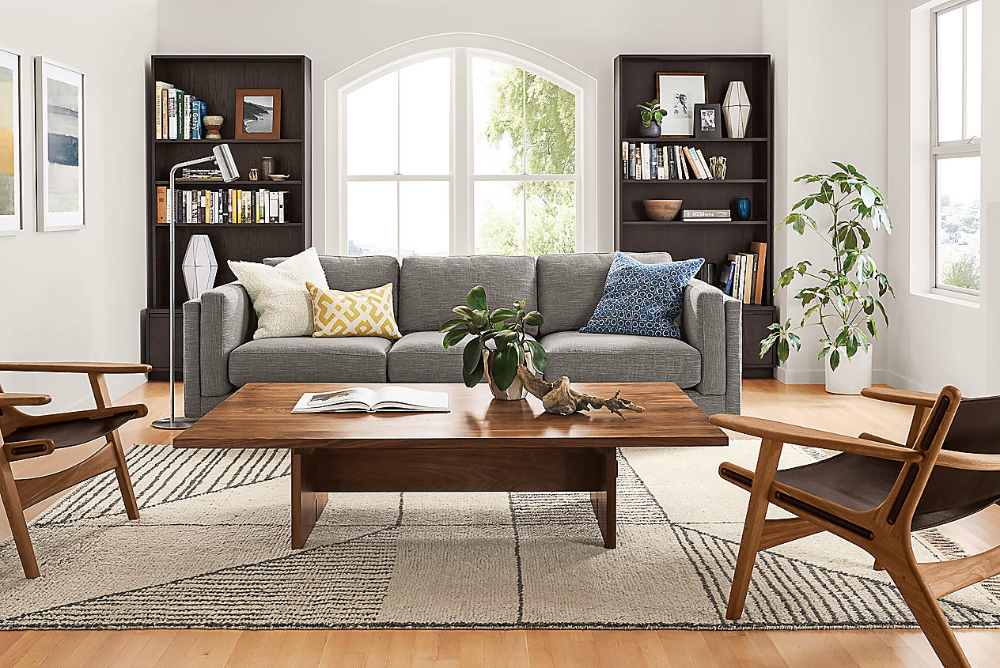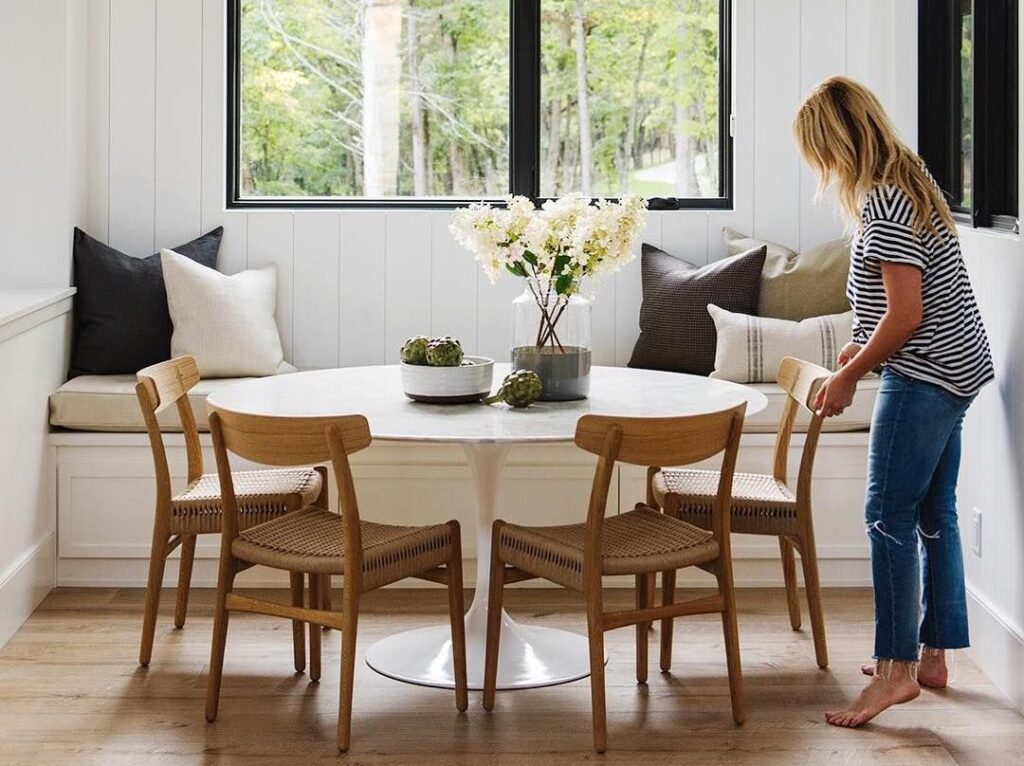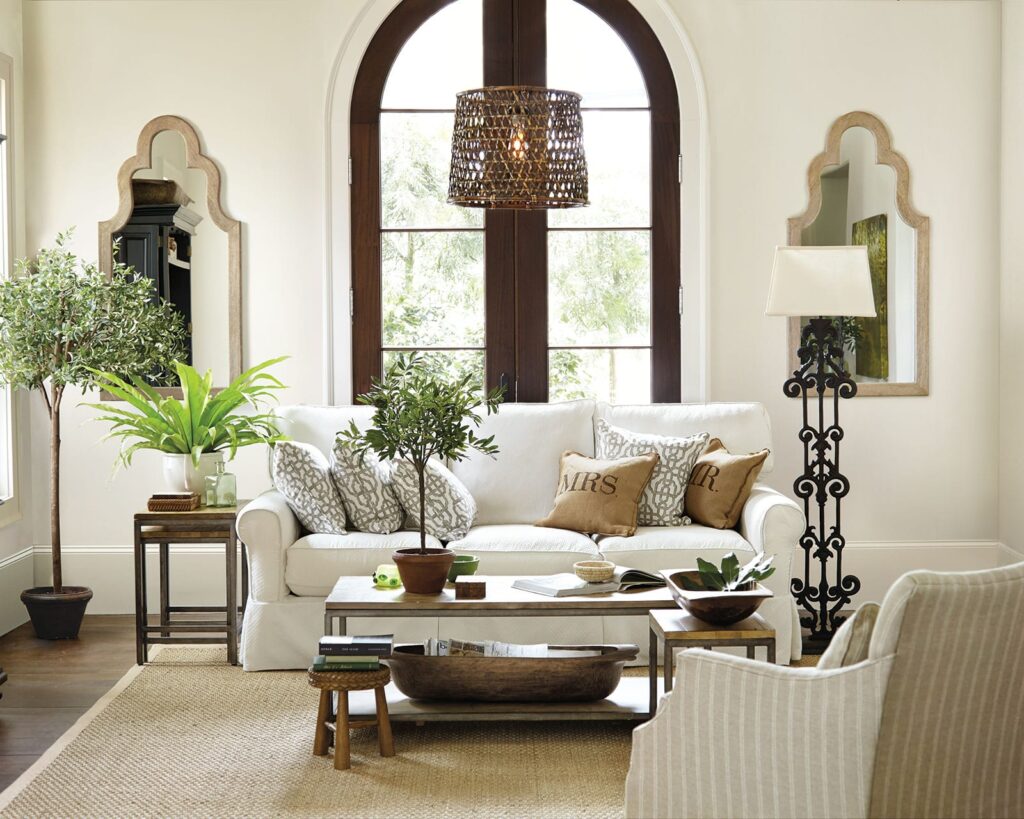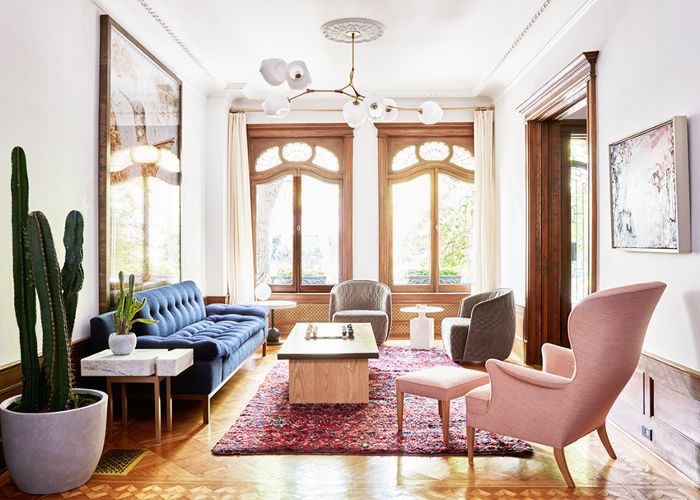People frequently discover that, over time, they have accumulated a collection of furniture that, for a variety of reasons, including necessity, inheritance, and natural changes in liking, no longer accurately reflects their own style. More than just placing furnishings in a room will help make a house seem welcoming and beautiful. By investing in the right design with umage, you can get your dream home. Combining different furniture styles can add depth, character, and unique touch to your living space. In this article, we will explore some key principles and tips for successfully mixing different furniture styles in your home.
Understand Your Personal Style

source: pinterest.com
Before diving into the world of furniture mixing, it’s crucial to understand your personal style and the overall aesthetic you want to achieve. Take some time to explore different design inspirations and identify the styles that resonate with you the most. Whether you lean towards contemporary, traditional, minimalist, or eclectic styles, having a clear vision will guide you in selecting the right furniture pieces.
Establish a Cohesive Color Palette
To ensure harmony within your space, establish a cohesive color palette that complements the furniture styles you plan to mix. Consider the existing colors in your home, such as wall paint, flooring, or architectural elements, and select furniture pieces that either blend in or provide a striking contrast. Combining complementary colors or opting for a neutral base can create a balanced and visually appealing environment.
Identify a Dominant Style

source: pinterest.com
While the goal is to mix different furniture styles, it is essential to identify a dominant style that will serve as an anchor for your space. This dominant style will help create a cohesive foundation while allowing for the incorporation of contrasting elements. For example, if you have a contemporary sofa as your focal point, you can mix it with a vintage coffee table or an antique chair to add interest and character. You can look for “flexsteel furniture near me” to add a twist.
Play with Proportions and Scale
When mixing furniture styles, consider the proportions and scale of each piece. Strive for balance by combining pieces of varying heights, widths, and depths. A large, bold piece can be complemented by smaller, more delicate accents, creating an engaging contrast. Experiment with different arrangements to find a balance that feels visually pleasing and allows each furniture style to shine.
Embrace Layering and Textures

source: pinterest.com
Layering furniture pieces and incorporating different textures can elevate the visual appeal of your space. Mix materials such as wood, metal, glass, and fabric to create a dynamic and inviting atmosphere. Introduce tactile elements through rugs, throw pillows, and curtains. The combination of textures and layers adds depth and dimension to your space, making it more visually interesting and cozy.
Don’t Forget Cohesive Accessories
To tie the various furniture styles together, pay attention to the accessories you choose. Select complementary lighting fixtures, artwork, and decorative items that blend the different styles and create a cohesive look. Accessories can serve as the bridge between contrasting furniture styles, enhancing the overall harmony and unity of your space.
Conclusion

source: pinterest.com
By mixing various furniture designs in your house, you may showcase your individual taste and make a space that is aesthetically appealing. You can create a desirable and harmonious design that reflects your uniqueness by adhering to the principles described in this article—understanding your personal style, creating a cohesive colour palette, determining a dominant style, experimenting with proportions and scale, embracing layering and textures, and choosing cohesive accessories.

